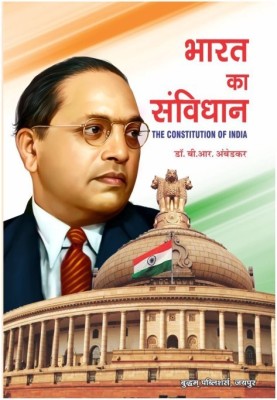
Vernacular Architecture of India: Traditional Residential Styles and Spaces (Hardcover, Tejinder S. Randhawa)
Price: Not Available
Currently Unavailable
Highlights
- Binding: Hardcover
- Publisher: Tejinder S. Randhawa & INTACH
- Genre: Residential Architecture, Traditional Architecture
- ISBN: 9789356074538
- Edition: 2022
- Pages: 540
Description
A comprehensive book covering the eclectic range of traditional residential architecture of India, profusely illustrated with nearly 1600 full color illustrations in 540 pages. It is a visual tour de force of the great building and craft skills of India and covers the vast gamut of vernacular building styles from all regions of the country – overall views and details as well as the surface decoration.
India’s diversity of people is correspondingly matched by a great range in its traditional residential architecture, influenced by different religious, social and climatic requirements, as well as made according to locally available building material. A vast compendium of architecture design thus exists in India. It is, however, virtually untapped and fast disappearing. These fabulously varied vernacular residences of India have hardly been commented upon, leave alone recorded and evaluated for elements that are relevant even today. The features of the best courtyard houses are similar to the palaces of India. Unlike palaces, however, the courtyard house remained an indigenous form, though some admixture of styles did take place.
Vernacular structures are great design resources for cost-effective appropriate technologies even today – their basic plans, living spaces and circulation paths, light and heat entry points during different times of the day and seasons (thus keeping the building cool in summer and warm in winters) – all based on local skills.The objective of this work is to bring out reference material on vernacular residences for the whole of India, visually analysing the best examples of such traditional residential architecture in the country. The photographs taken by the author and used in this book date from the nineteen-seventies onwards and use has also been made of some historical black and white photographs from the collections of the Anthropological Survey of India. By and large, no relevant or interesting traditional residence, vernacular style, structure or construction technique that deserves to be covered has been left out and different styles within the same state have been covered. A fascinating book for architects and general readers alike!
Read More
Specifications
Book Details
| Publication Year |
|
Contributors
| Author Info |
|
Dimensions
| Width |
|
| Height |
|
| Depth |
|
| Weight |
|
Have doubts regarding this product?
Safe and Secure Payments.Easy returns.100% Authentic products.
Back to top







